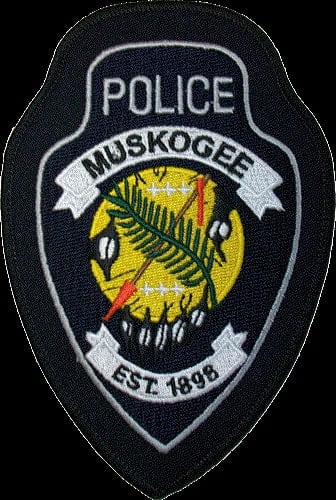Instead, thanks to a police department's skillful performance in getting its "narrative" of the facts across to the public and maintaining calm in the critical days after the shooting, the fatal encounter and its aftermath became what one publication calls "an example for the entire country of how a police department should conduct itself."
Some of what went on behind the scenes to produce a peaceful outcome, including the important role of Force Science training, is detailed here for the first time--and includes navigation strategies that other agencies may find useful when fate deals them a potential crisis. But Muskogee, Okla., Police Chief Rex Eskridge cautions: "You can't start working on all this the day something happens. This was a collaborative effort, involving relationships with the media and the black community that had been cultivated over a long period of time, a city government that fully supported us, a command staff that was attuned to important sensibilities. And it started with patrol officers who were out there doing the job as it should be done."
SHOTS FIRED. About 3:50 on a Saturday afternoon in January, two urgent calls in quick succession rang into Muskogee's 911 center from the pastor of a black Baptist church on the northwest edge of the city. A distraught young woman, part of a crowd leaving a wedding he'd just conducted, had come to him for help, claiming an ex-boyfriend had threatened to kill her. He was in the parking lot now with a gun and "a bullet with her name on it."
"I need a police officer!" the pastor blurted. "I got a whole bunch of people out here. I don't want nobody hurt."
The first responder, Ofcr. Chansey McMillin, readily confronted a subject the pastor described--black male, early 20s, white jacket, short dreadlocks--mingling with 50 or 60 wedding guests who had exited the church. When McMillin started to handcuff him for a patdown, the suspect tried to strike him with an elbow and the back of his hand, then bolted into a nearby road. During a brief foot pursuit, he dropped a "silver object" that McMillin later told a supervisor he recognized as a gun. He crouched to pick it up and pointed it in the officer's direction.












